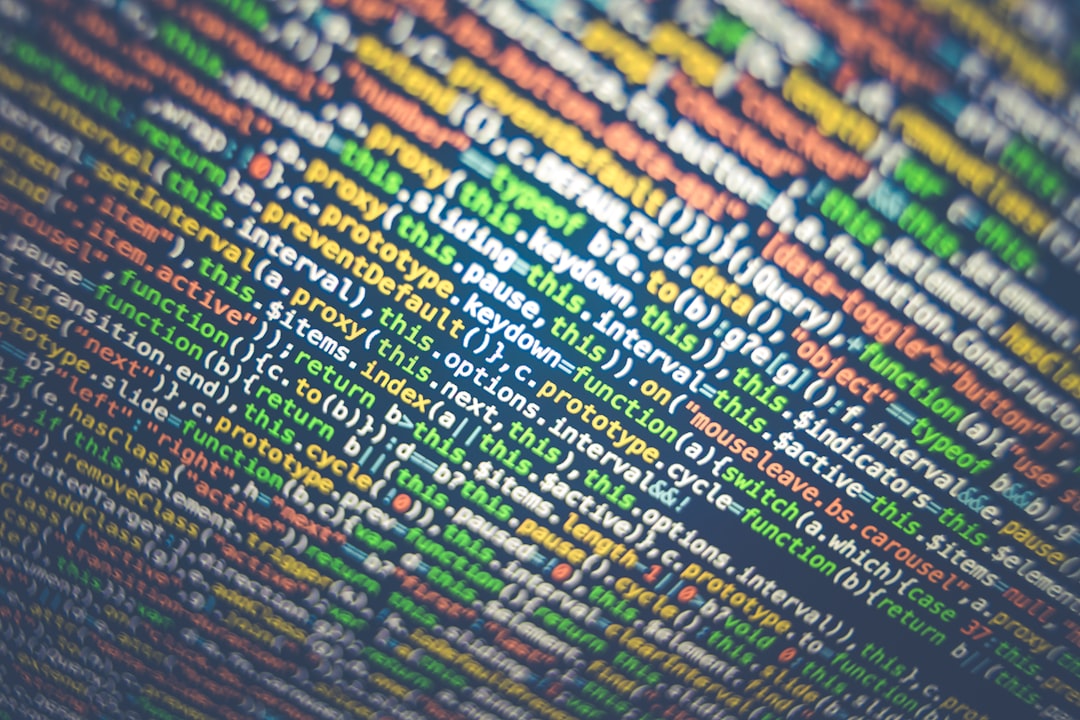What is it about?
This article suggests the possibility of using mine water, formed as a result of mining activity, as a reliable source of drinking water supply. A comparison of two modern purification technologies recently used for obtaining drinking water of a high quality and based on ion exchange and reverse osmosis, which can ensure an obtainment of water with initial contents of impurities much below the maximum permissible values, is given. Based on the real experience the article compares sorption and membrane technologies in terms of water purification efficiency and cost of potable water production. The large-scale tests of mine water purification were carried out at sorption and reverse osmosis pilot plants with the capacity of 1000 liters per hour for the incoming flow. The resulting treated water met the requirements for the quality of potable water for both purification techniques. It was concluded, that the best option for treatment of mine water is ion exchange.
Featured Image

Photo by Julian Böck on Unsplash
Why is it important?
The lack of clean drinking water is one of the problems faced by regions with advanced mining and metallurgy. Surface water in such regions is under considerable anthropogenic pressure. Pollution and exhaustion of natural water sources limits the economic development and worsens the quality of life.
Perspectives
Purification of mine water according to proposed technologies can help to overcome the shortage of clean drinking water in different parts of the world.
Mr Vasilii Romanovich Kurdiumov
Ural'skij federal'nyj universitet imeni pervogo Prezidenta Rossii B N El'cina
Read the Original
This page is a summary of: Sorption and Membrane Technologies for Mine Water Purification, Materials Science Forum, February 2019, Trans Tech Publications,
DOI: 10.4028/www.scientific.net/msf.946.621.
You can read the full text:
Resources
Contributors
The following have contributed to this page










